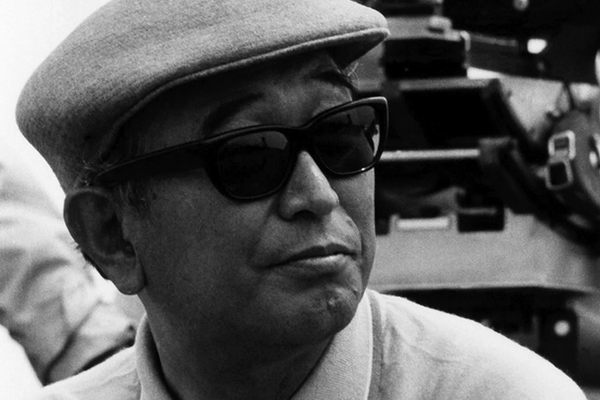The “story within a story” is a narrative device so old it goes back to the Bible and Jacob’s dream about finding a ladder to heaven.
It’s been used in nearly every medium from the Beatles’ Sgt. Pepper to Hamlet to Itchy and Scratchy to The Producers to Tales of the Black Freighter, the macabre pirate comic that continually appears across several issues in the OG Watchmen series from 1987.
8½ tells the story of a middle-aged director, fabulously played by leading man Marcello Mastroianni, struggling to make a big budget space opera amidst a slew of creative, personal, psychological, and financial problems. From our vantage point, the movie, or more specifically the space opera that the film is ostensibly about, never really seems to take off. The actors auditioning for the project are (surprise!) a bunch of needy, narcissistic posers while the money guys are so desperate for a hit that they will say or do anything to get the project into the black.

All that “development hell” content makes for an entertaining sub-narrative, but the real movie, the one we are talking about here, is a psychologically rich masterpiece exploring everything from Daddy Issues and adultery to writer’s block to ageism and sexism to the ways in which our quests for idealized love often leave us feeling hollow and nihilistic.
Visually, it’s a stunner. Sure, there’s more than a few weird for the sake of being weird moments (it wouldn’t be a European art film without a scene featuring two figures dressed in black dancing on a beach) but the real jaw droppers come from Fellini’s genius framing of everyday events and places. You will never look at a train station the same way again after watching this film.
And so our review will conclude with an examination and celebration of the characters’ glasses and sunglasses. To start, we have the main protagonist, Guido the director, who switches between rectangular, impenetrably black sunglasses with huge temple details and a pair of comparatively understated black browline eyeglasses. Is this a metaphor for his need to block out his adoring fans while also making time for self-reflection in his personal life? Not sure! But either way, this guy looks like a very smooth operator.
Next up is Carini Daumier, the super pretentious, social climbing writer and film critic who wears a pair of requisite intellectually rigorous browline frames. His one liners are priceless, as is his flair for top notch professorial fashion stylings.

On the femme side, there’s Guido’s loving (and very forgiving) wife Luisa, who is always pictured wearing a pair of elegant rectangular eye glasses that almost mirror her husband’s sunglasses in shape. Maybe the metaphor here is that Guido is closed off and secretive with his dark sunglasses, while his wife and her clear frames represent her open heartedness and willingness to forgive? That seems pretty spot on.

Another recurring theme is that various monks, priests, and wise men who cycle in and out of the picture are all wearing circular frames. Perhaps they see the interconnectedness and circularity of life, while Guido can only focus on chasing what he thinks is going to save him.
If you are looking to dip your toe into the waters of postmodern, high art European cinema while also taking in some world class style tips, 8½ a great place to start. It’s worth at least two or twenty watches — one for each story it contains.
SHOP THE LOOK: Mayan Sun, El Rey, Navarre Sun


